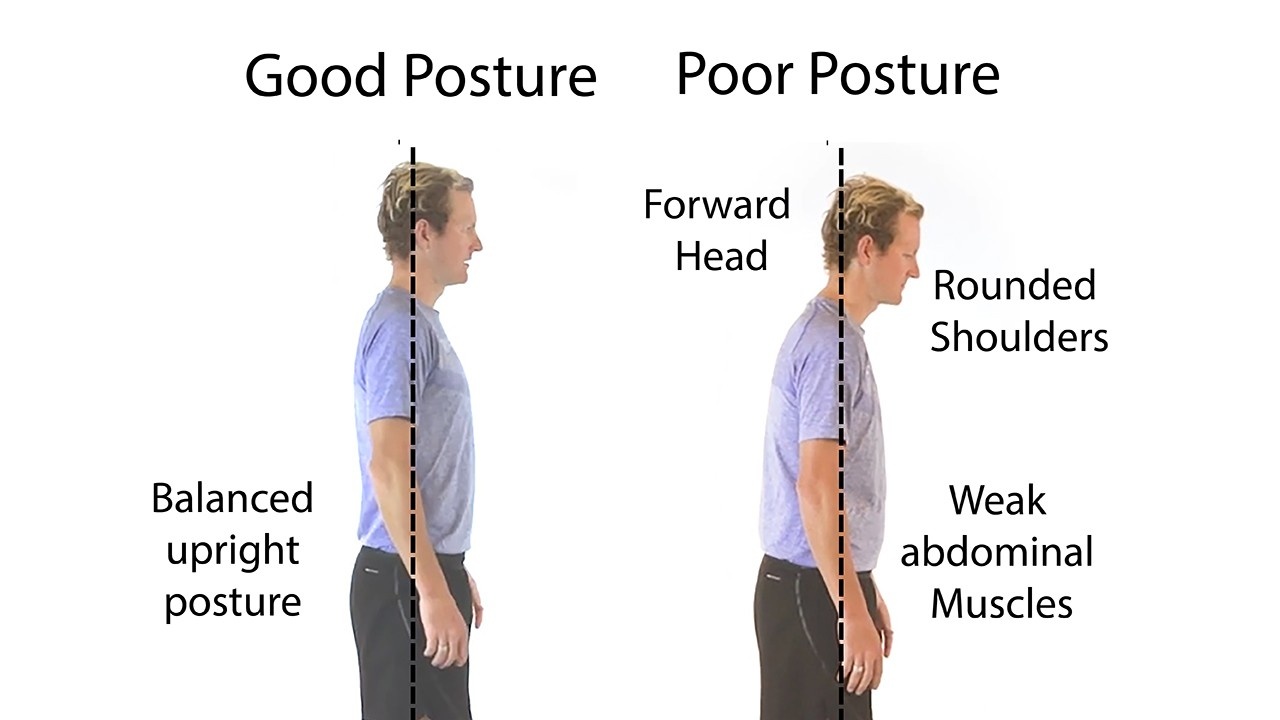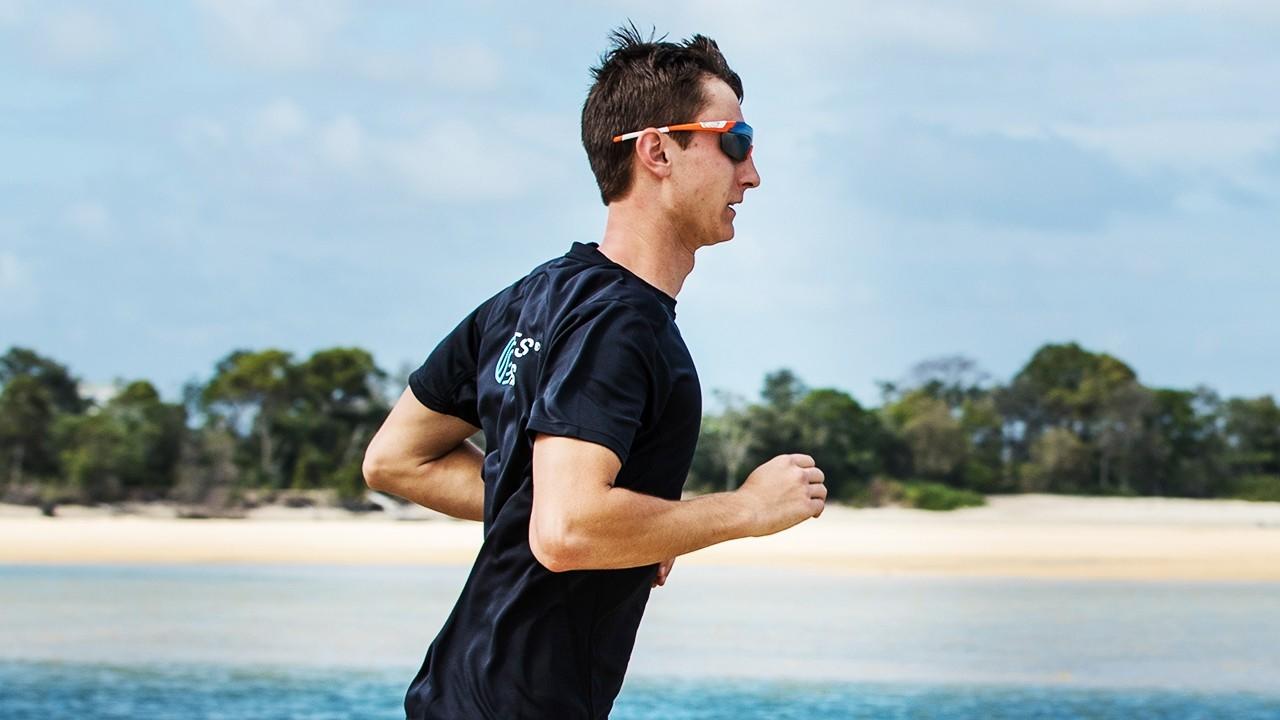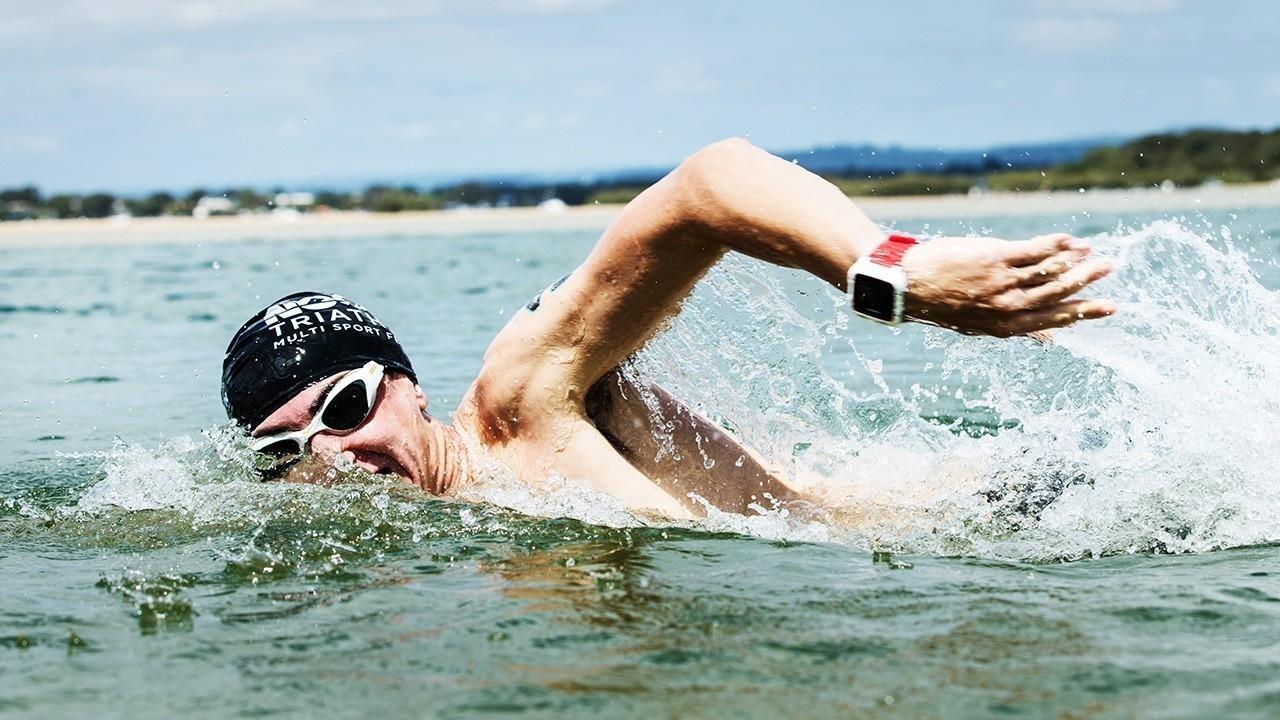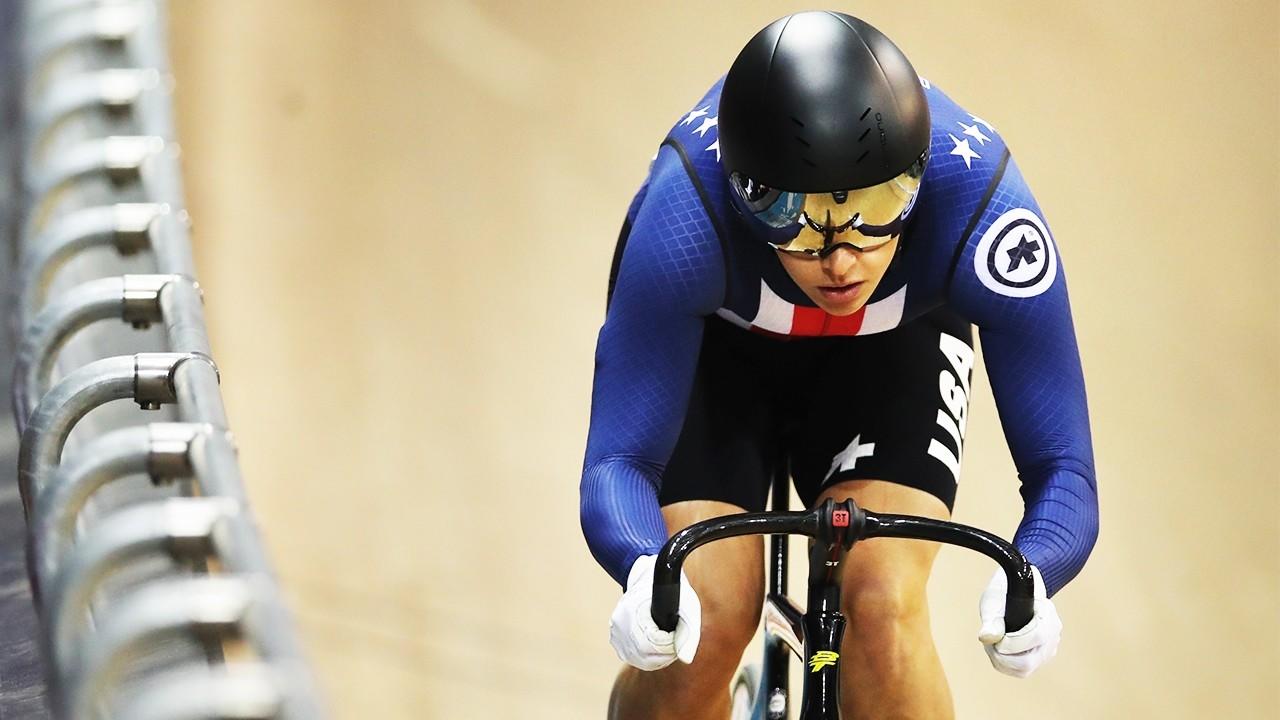NEWS
Good Posture Is The Key

The key to what? You ask.
“The key to being pain free and performing at your ultimate level”, I say.
How? The answer is simple.
Good posture means a strong core and balanced muscles around each joint, which enable efficient pain free movement, whilst also reducing your chance of injury.
Poor posture means a weak core and unbalanced muscles which cause unnecessary strain on muscles, resulting in pain and injury.
The Pilates For Sports program is customized to meet your needs. Delivered purely online the program is designed to strengthen your core and develop strong balanced muscles which will reduce your chance of pain and injury, enabling you to perform at your best.
Short 15 minute workouts have been designed to easily fit into the busy training schedule of a triathlete. Try our Free 28-Day Online Challenge to experience the benefits first hand. Click here to join
Poor Posture is a leading cause of injury

Did you know that poor posture is one of the leading causes of injury?
So, your athletes are complaining that their shoulders or knees are sore, or their back is tight, but you haven’t done anything out of the norm in their training program– you’ve trained them the same way, their week has been the same and you can’t work out why this has happened. Sound familiar?
If this is you, then there’s a good chance that your athlete's posture is letting them down.
From my personal experience training athletes of all levels, it seems like your body will let you get away with poor form and poor posture for a while. Then suddenly, when you hit your late 30’s/early 40’s your body says, “that’s enough now” and the aches, pains and injuries start!!

Watch short video - Click Here
So, how does poor posture result in pain?
Poor posture means that some muscles are too tight and others are too weak. Thev pull the bones into positions they are not designed to be in and this results in pain and...
Are your tight hips leading to pain and injury?
Tight hips are often a cause for us experiencing pain and injury when we perform – but it doesn't have to be this way!
Weakness in the hips and glutes is common amongst those of us with a sedentary lifestyle.
Sitting for long hours at your desk can tighten your hip flexors, weaken your glutes and cause pain, and if our glutes aren’t working to their full capacity, then other muscles will have to overwork to pick up the slack.
Because of this, many athletes I’ve met are told by their physio that they have a ‘lazy butt’. So, how does this happen?
Let's take a minute to refresh our knowledge of the glutes.
The gluteal muscle group consists of the gluteus maximus, minimus and medius. All three of these muscles have different yet very integrated roles in the lower body in relation to stability and mobility.
In summary, the gluteal muscles as a whole are responsible for:
- Hip extension
- Hip abduction
- They are important for Femoral, patellar and tibial alignment
- Stabilizing the lo...
The impact of muscle imbalance

Many of the issues athletes experience arise from muscle imbalance.
When we talk about muscle imbalance, we mean that some muscles are overworking and other muscles are not doing their fair share of the work.
The impact on an athlete is inefficient movement, pain and injury, and this is where Pilates For Sports can help.
Pilates is a perfect way to cross train as it moves the body in all of the directions it is designed to move, therefore restoring balance.
As Joseph Pilates said:
“Pilates was conceived to limber and stretch muscles and ligaments so that your body will be as supple as that of a cat, not muscular and stiff like a brewery-truck horse... Therefore, when all of your muscles are properly developed, you will as a matter of course, perform your work with minimum effort and maximum pleasure”
Try the Pilates For Sports 7-day free trial now to see how our customised programs can help you!
Strengthen your core to produce more power with less pain

You take up a new sport. You improve. You continually increase the volume of the training.
However, eventually, the benefits received from increased training will plateau, or can even cause your performance to go backwards if you overtrain.
So what can be done apart from increasing the volume of training to help you produce more power, go faster, hit harder, kick and throw further??
The answer is improving core strength, developing balanced muscles and then focusing on improving your form:
- Improving core strength improves your stability and enables you to produce more power
- Strong, balanced, flexible muscles around the joints will enable more efficient powerful movement
- Now think about how you are moving? Is your technique correct or can you improve it by engaging your core and developing strong balanced muscles.
Pilates for Sports will help you to achieve all of these goals and give you the technique tips you need to improve your form... you’ll perform better with less pa...
Engage your core to increase power and performance
Engaging your core is a term that is frequently used these days. However, I often meet people or see people who do not really understand what the core is or how to engage it properly.
They are often told that it will automatically engage when certain exercises are done. However, to develop maximum core strength in your body you need to understand how to correctly engage it too.
The core is everything from your shoulders to your butt – in essence, it is your torso. Today we’re going to focus in on your core abdominal muscles.
These are the four main abdominals:
- Rectus abdominis: This long, flat muscle runs all the way from your pubic bone to your rib cage – think 6 pack.
- External and internal obliques: These run on a diagonal and help you twist and rotate your torso.
- Transverse abdominis: These are your deep stabilising abdominals and are the abs we focus on strengthening and engaging in Pilates.
Let’s engage your core!
These deep abdominal muscles are like a big girdle ...
Improve your shoulder stability, improve your power!

When we talk about core strength we are referring to a persons torso – everything from the shoulders to the butt.
So, in order to produce maximum stability and therefore maximum power output you need:
- Shoulder stability
- Core strength in the abdominals
- Pelvic Stability
Let’s look at shoulder stability in a bit more detail.
The shoulders form the top of the powerhouse. When the shoulders are open and drawn down away from the ears, they are in a strong stable position. This is the position we want in Pilates, in our training and in our everyday lives.
Many athletes have tight shoulder girdles and muscle imbalance. There are a number of impacts to the from this posture.
Firstly, it can lead to a tight back and neck, which can cause pain when training and in every day life.
Secondly, having a posture where your shoulders are rolled forwards makes it harder to breathe.
Finally, the imbalanced muscles make it hard for the arms to move quickly without moving the whole body – i...
How a strong and stable pelvis can improve your power
We’ve all seen someone doing one of the following:
- Riding a bike and every time they pedal their butt moves from side to side
- Running, and every time their foot strikes the ground their hip drops to the side
- Hit a golf ball and their butt rotates too much
But why does this matter?
The inability to stabilise your hips when you move has two main impacts:
- You will not be able to transfer maximum power
- You will overwork some muscles resulting in pain and even injury
So how do you improve pelvic stability?
The first step is to be aware of how you move. Go for a short jog and let your hips wobble from side to side. Be aware of how this feels, of the impact in your hips and of the loss of power.
Now, let’s generate more power!
To improve your pelvic stability, engage your core:
- Shoulders down
- Belly in
- Squeeze your butt
Stand tall and go for another run. Be aware of how much more power you are able to generate and of how much smoother it feels on your body.
Pilates...
Mandy Marquardt Pilates Update – October

USA Cycling athlete Mandy Marquardt has been working hard since we last had her on the live class with both her cycling and her own customized Pilates training plan.
We spoke with Mandy this week to get an update on her experience with Pilates For Sports so far and how she's tracking with her cycling!
What training plan are you on and for what purpose? Could you give us some background on your cycling and what you need to do to perform at your best?
As a track sprint cyclist, I train six days a week for a total 25-30hrs with my Coach, Andrew Harris, and his program Edge Cycling (based in Allentown, PA). I love my job that includes gym, track sessions, recovery and endurance miles on the road, physical therapy, sports psychology and massage therapy.
A typical day would be gym in the morning and focusing on plyometrics and primary lifts. My favorite lifts are front squats because they are a mix of mobility and strength.
In the afternoon, I’m at the velodrome. My cycling and ...
How Pilates can solve pelvic instability
No matter what sport you are doing, as athletes we want to ensure we have a strong, stable core and balanced muscles in order to maximise our power output.
However, a common issue amongst athletes in all sports is pelvic instability. Pelvic instability can be seen when the pelvis ‘wobbles’ from side to side – think of the cyclists whose hips move from side to slide with every pedal stroke or the runner whose hip drops to the side every time their foot hits the ground.
This movement of the pelvis occurs when the core muscles are not strong enough to maintain stability and when there is a muscle imbalance.

Pelvic instability has two main impacts – it can cause pain, and it can have an impact on an athlete’s performance.
Let's look at pain first.
Movement of the pelvis can result in overuse of the back muscles, resulting in fatigue in the back as well as back pain. Additionally, if an athlete can’t manage the rotation of their lumbar spine that is occurring due to pelvic instabilit...


